How To Calculate Image Size Microscope ?
To calculate the image size in a microscope, you can use the formula:
Image size = Magnification × Actual size
The magnification is the ratio of the size of the image seen through the microscope to the actual size of the object. It can be determined by the objective lens and the eyepiece lens used in the microscope.
The actual size refers to the real dimensions of the object being observed. It can be measured using a ruler or known from the object's specifications.
By multiplying the magnification by the actual size, you can calculate the image size, which represents the size of the object as it appears under the microscope.
1、 Magnification calculation in microscopy
To calculate the image size in a microscope, you need to consider the magnification of the microscope and the size of the object being observed. The formula for calculating the image size is:
Image size = Object size x Magnification
The object size refers to the actual size of the object being observed, while the magnification is the factor by which the microscope enlarges the object.
To determine the object size, you can use a ruler or a calibrated scale to measure the length or diameter of the object. It is important to measure the object in the same units as the magnification (e.g., micrometers).
The magnification of a microscope can be determined by multiplying the magnification of the objective lens (located near the object) by the magnification of the eyepiece lens (located near the eye). For example, if the objective lens has a magnification of 10x and the eyepiece lens has a magnification of 20x, the total magnification would be 10x * 20x = 200x.
It is worth noting that the image size calculated using this formula assumes that the microscope is operating at its optimal resolution and that the object is positioned correctly on the microscope stage. Additionally, advancements in microscopy technology, such as digital imaging and computer software, have made it easier to measure and analyze images captured by microscopes.
In conclusion, calculating the image size in a microscope involves multiplying the object size by the magnification. It is important to ensure accurate measurements and consider the latest advancements in microscopy technology for more precise calculations.

2、 Field of view calculation in microscope imaging
To calculate the image size in a microscope, you need to consider the field of view (FOV) and the magnification of the microscope. The FOV is the area visible through the microscope's eyepiece or camera. It can be calculated using the following formula:
FOV = (diameter of the field of view at the specimen plane) / (magnification of the objective lens)
To measure the diameter of the field of view, you can use a stage micrometer, which is a glass slide with a scale etched onto it. By comparing the scale on the stage micrometer to the scale visible through the microscope, you can determine the diameter of the field of view.
Once you have the FOV, you can calculate the image size by multiplying the FOV by the magnification of the eyepiece or camera. For example, if the FOV is 2 mm and the eyepiece magnification is 10x, the image size would be 20 mm.
It's important to note that the image size may vary depending on the microscope's optical system and the camera used for imaging. Additionally, some microscopes have built-in software that can automatically calculate the image size based on the FOV and magnification settings.
In recent years, there have been advancements in digital microscopy, where cameras are directly integrated into microscopes. These cameras often have software that can automatically calculate the image size and provide measurements and annotations on the captured images. This allows for more accurate and efficient image analysis and documentation.
Overall, calculating the image size in microscope imaging involves considering the FOV and magnification, and advancements in digital microscopy have made this process more streamlined and accurate.

3、 Determining image size using objective lens specifications
To calculate the image size in a microscope, you can use the specifications of the objective lens. The objective lens is responsible for magnifying the specimen and forming the image that you see through the eyepiece.
The image size can be determined using the formula:
Image size = (Magnification of the objective lens) x (Actual size of the specimen)
The magnification of the objective lens is usually indicated on the lens itself or in the microscope's documentation. It represents how many times larger the image appears compared to the actual size of the specimen.
The actual size of the specimen can be measured using a ruler or a calibrated scale. It is important to note that the actual size should be in the same unit as the magnification (e.g., if the magnification is in millimeters, the actual size should also be in millimeters).
By multiplying the magnification of the objective lens by the actual size of the specimen, you can calculate the image size. This will give you an estimation of the size of the image that you see through the microscope.
It is worth mentioning that the image size can vary depending on the microscope's optical system, the quality of the lenses, and other factors. Therefore, it is always recommended to calibrate your microscope and verify the image size using a known reference before making any precise measurements.
In recent years, advancements in digital microscopy have allowed for more accurate and precise measurements of image size. Digital microscopes often have built-in software that can automatically calculate the image size based on the magnification and actual size of the specimen. This eliminates the need for manual calculations and provides more reliable results.

4、 Calculating image size with eyepiece magnification
To calculate the image size in a microscope, you need to consider the magnification of both the objective lens and the eyepiece. The objective lens is responsible for magnifying the specimen, while the eyepiece further magnifies the image formed by the objective lens. By multiplying the magnification of the objective lens by the magnification of the eyepiece, you can determine the total magnification of the microscope.
To calculate the image size, you also need to know the actual size of the specimen. This can be determined by measuring the specimen using a ruler or a stage micrometer, which is a slide with a known scale.
Once you have the total magnification and the actual size of the specimen, you can calculate the image size using the following formula:
Image size = (Actual size of specimen) / (Total magnification)
For example, if the actual size of the specimen is 2 mm and the total magnification of the microscope is 400x, the image size would be:
Image size = 2 mm / 400 = 0.005 mm or 5 micrometers
It is important to note that the image size calculated using this method assumes that the microscope is properly calibrated and that the lenses are of high quality. Additionally, factors such as the numerical aperture of the lenses and the resolution of the microscope can also affect the image size.
In recent years, advancements in technology have led to the development of digital microscopes, which allow for more accurate and precise measurements of image size. These microscopes often have built-in software that can automatically calculate the image size based on the magnification settings and the known scale of the specimen.


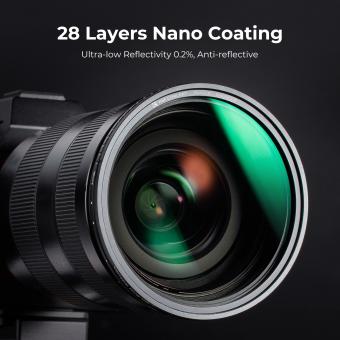
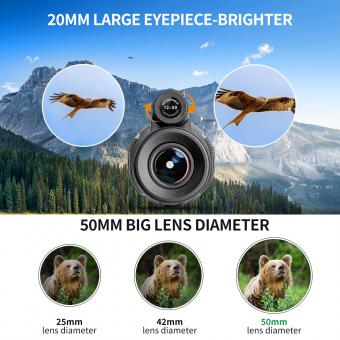












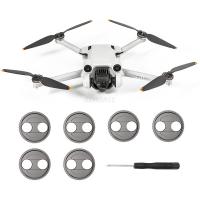


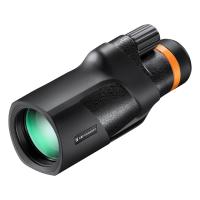




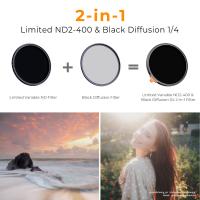







There are no comments for this blog.